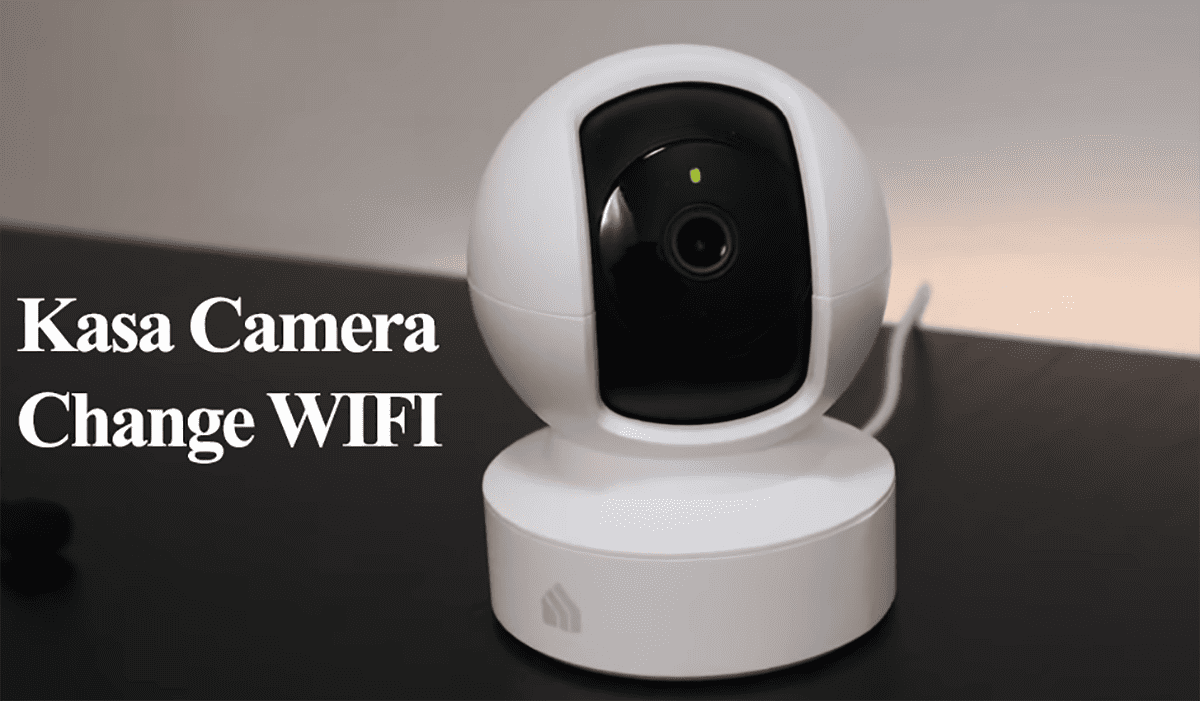You can link your DVR or standalone Swann camera to your mobile device, bringing your security system closer. This allows you to monitor your camera remotely, access live footage, get notifications, etc. However, this won’t happen if your Swann camera can’t connect to your network.
So, why is your Swan camera not connecting to Wi-Fi?
Swann cameras are only compatible with 2.4 GHz Wi-Fi networks. When hooking it to your home network, ensure you use the correct network band and have turned off VPN or Ad Guard on your mobile device.
There are a couple of reasons that could prevent your camera from connecting;
- Attempting to connect to a 5 GHz Wi-Fi network, as Swann cameras are designed to support only the 2.4 GHz frequency band.
- Running a VPN or Ad-guard on your mobile device can obscure your IP address and prevent it from accessing other devices on your network.
- Router settings such as MAC address filtering, Firewall configurations, or Port blocking.
- The camera is located outside the range of your network.
- Failing to grant necessary permissions – location or Bluetooth.
- The camera not being in pairing mode
- Unresponsive servers or server downtime
- A defective camera device
Remember that you need a solid internet connection to connect your Swann camera and sync it to the cloud servers. Ensure you set up the device close to the primary router before moving it to the final installation point.
Troubleshooting Steps for Swann Camera Not Connecting to Wi-Fi
Before delving into the details, ensure that your mobile device is connected to the intended 2.4 GHz Wi-Fi network and that you have disabled any VPN or ad-blocking software on your mobile device.
Disable cellular data on your mobile device, as it may hinder the connection to the camera’s hotspot during setup.
Swann cameras operate using their dedicated app. Once you have installed the app, permit it to access your location and Bluetooth.
Perform a power cycle on all relevant devices, including the router, the smart camera, and the mobile device. Unplug each device from the power outlet to power cycle, wait for a minute, and then plug them back in.
Verify Your Network Settings
Swann cameras rely on a stable internet connection to synchronize with the cloud servers effectively.
Firstly, ensure that your router is connected to the internet. Checking the router settings without an active connection is pointless.
Test the internet connection on your mobile device, laptop, or TV to confirm that you can access the internet. Once this is established, proceed to check the network settings.
Swann cameras can only connect to 2.4 GHz Wi-Fi networks. Please verify that your router is broadcasting a 2.4 GHz network, and make sure it is the same network your mobile device is connected to.
If your router combines 2.4 GHz and 5 GHz networks under a single SSID, temporarily turn off the 5 GHz option to avoid conflicts.
Alternatively, consider separating the 2.4 and 5 GHz bands into distinct entities. This approach is recommended as it helps prevent future issues.
Access your router’s administration panel and confirm the following settings;
- Ensure that MAC address filtering is disabled.
- If your router supports Band Steering, turn it off.
- Set the network channel to the standard options: 1, 6, or 11.
- Use WPA or WPA2 as the network encryption mode; newer protocols like WPA3-Only will not work.
- If available, disable AP/Client isolation on your router.
- Check for any port-blocking configurations.
- Verify your network password.
If you make any changes to the router settings, perform a power cycle to apply them. Once your router restarts and you confirm the network is functioning, reconnect your Swann camera.
Move Closer to Your Router
The 2.4 GHz signal weakens as you move farther from the router, especially when encountering obstacles.
Keep the camera close to the router during setup to ensure sufficient signal strength. A distance of 10 to 20 feet is appropriate.
Once the camera is connected to the Swann app, you can relocate it to the desired installation point within your network range.
Restart Your Devices
Rebooting your network and camera devices reinitiates the setup process and clears any temporal errors like IP conflicts that could prevent the camera from hooking to your network.
Therefore, power cycle your router, Swann security system (if available), camera, and mobile device.
Suppose you are trying to connect your DVR to the Swann Security app, power cycle it, and try rescanning the QR code. Ensure you are logged into your Swann account and granted location access.
Start the reboot process with your router, followed by the camera, and finish up with your mobile device. Now, try reconnecting.
For PoE (Power over Ethernet) camera models, ensure the ethernet cable works and passes juice from your router. Unplug it and securely fix it back.
Reset The Camera and Reconnect
Resetting the camera will restore it to its factory settings, eradicating any bugs or conflicting configuration files that may affect its connectivity.
To reset a Swann smart camera, press and hold the reset button for 10 – 15 seconds while the camera is powered on.
The camera will reset and enter pairing mode. It is now ready to connect to the app.
Launch the Swan app on your device and add it anew.
Bonus Solutions
If the connection problem persists, here are some bonus tips to try.
Uninstall and reinstall the Swann Security app – You could be experiencing a connection failure due to an outdated app. First, clear the app cache, and check if any updates are available on your respective app store.
If an update is due, download and install it on your device and try reconnecting. If the update method fails, uninstall and install the app afresh.
Try a different device – I had this tab that had problems connecting some smart home device brands. Once I tried setting up the device on my iPhone, it could work.
It could be the same issue with your device; try setting up the device with a different phone (preferably running on another OS)
Faulty device – The connection won’t get through if the device’s logic is corrupted. An example of a defective device case is when it won’t broadcast its hotspot.
Your only options with a faulty device are to return it for a replacement or contact Swann support to claim your warranty.


